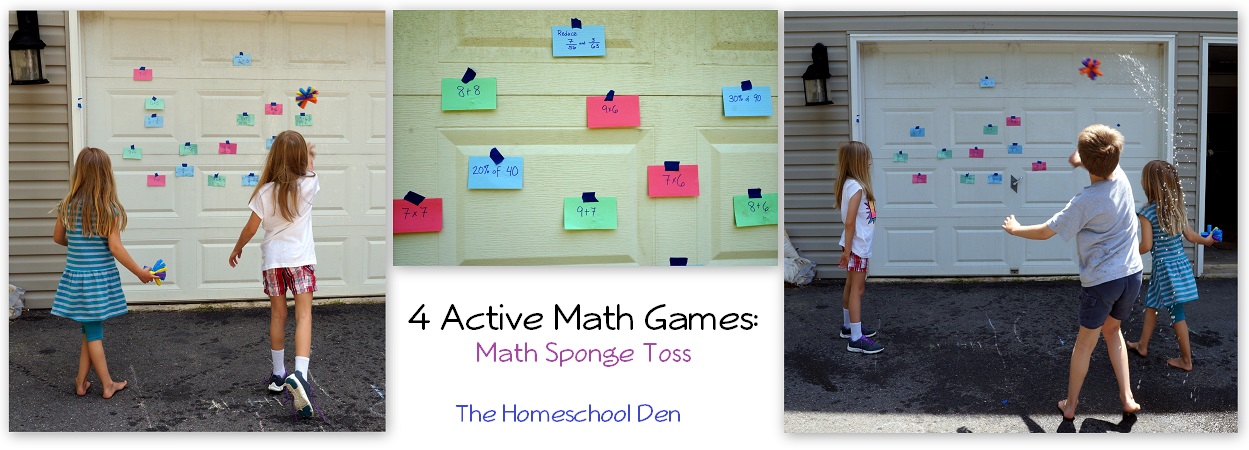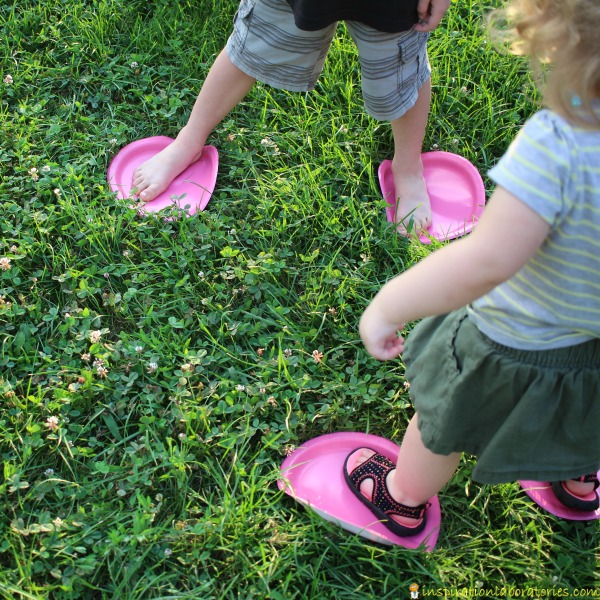Thursday
English
Can you write your own paragraph of the story?
Talk about where Pippety could visit first – it could be anywhere! A river, a rock, a tree, a bridge, a lamppost, a magical toadstool, a fast car . . .
Talk about who he might meet there – a tiny ant, a ferocious dragon, an ugly goblin . . .
Talk about what trick he might do to the character he meets – makes them jump by pulling an ugly face, traps them in a net, pours water onto them.
Now write your own paragraph.
Soon Pippetty came to ______________________ (place) where a ________________________ (character) was sitting. “Now for some fun!” giggled Pippetty and he ________________________(trick).
(You could then explain how the character reacted – just like in the style of the story.)
Remember to use interesting adjectives, ones like we learnt about yesterday!
Maths
Outdoors subtraction – target games!

Write lots of subtraction equations on small pieces of paper and stick them to a wall/ garage door outside.
Children throw a ball/ wet sponge/ shoot with a water gun and the wall, when they land on a subtraction equation they have to answer it using counters/ a number line/ counting backwards etc.
This is a floor version – if you have any chalk!

Play ‘Funky Mummy’ to apply your subtraction knowledge.
http://www.ictgames.com/funkyMummy/index.html
Be active
Paper Plate Games
Stepping Stones

The goal is to get from the start to the finish by using the paper plates as stepping stones.
Give each player 2 paper plates. Step on the paper plates. Pick one up and move it forward. Continue until you get to the finish line.

Project
3.Hearing
https://www.bbc.co.uk/bitesize/clips/zqf9wxs
We hear because sound waves travel through the air until they hit the ear drum. The sound waves vibrate the eardrum, which in turn, vibrates the bones of the middle ear. These vibrations are transferred to the cochlea, located in the inner ear. The cochlea translates those vibrations into stimuli that the ocular nerve can send to the brain.
It all starts with sound waves and the eardrum. To demonstrate how sound can actually be a physical force, you can do this simple experiment.

EARDRUM EXPERIMENT
You’ll need:
- plastic wrap
- 20 or so uncooked rice grains
- large bowl
- cookie sheet or metal baking pan
Stretch the plastic wrap over the bowl tightly. This is your eardrum. Place 20 or so rice grains on the tightened plastic wrap. Hold the pan or cookie sheet close to the blow, but not touching. Bang on the pan with your hand or large spoon making a loud noise. Watch the rice. It should jump each time you bang on the pan. The sound waves created should vibrate the plastic wrap making the rice move. Sound can be a physical force.

SciShow for Kids
https://www.youtube.com/watch?v=3yqB2KFwJCo
Make the phone

